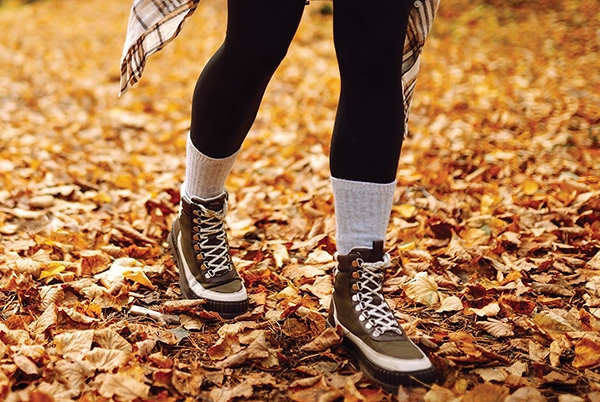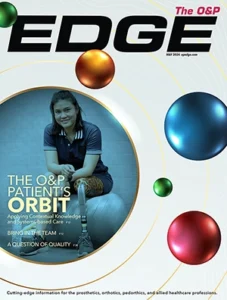
Fall is a popular time for hiking and outdoor adventures. While trails can offer great views of nature, they also have many obstacles that can injure you on your journey. Tree roots and rocks are obvious obstacles, as are slippery slopes on the inclines and declines from loose gravel, dirt, or mud, but when these also become buried under leaves, you may find yourself an unsuspecting victim of their hazards. Despite these impediments, the Werner Herzog quote, “The world reveals itself to those who travel on foot,” epitomizes the allure for many hiking enthusiasts who enjoy the calm crisp sounds of fall, the colors of the leaves, and the fresh smell of the air.
In a previous article, I cited numerous methods for blister prevention that are essential to consider when hiking.1 When we consider our patient population, many conditions combine with the aforementioned challenges: spasticity, muscles firing when they are not supposed to be firing (such as at the end of stance phase when dorsiflexors are firing but the plantarflexors are still firing and opposing the motion, making it more difficult to clear the terrain), muscle imbalances, issues with muscle coordination, foot deformities, forefoot varus/valgus, and hindfoot valgus/varus. So the orthotist’s task is to provide as many strategies and tools as possible to control those factors, helping patients achieve balance by keeping their center of gravity in their base of support, and providing the best base of support possible.
Support authors and subscribe to content
This is premium stuff. Subscribe to read the entire article.





